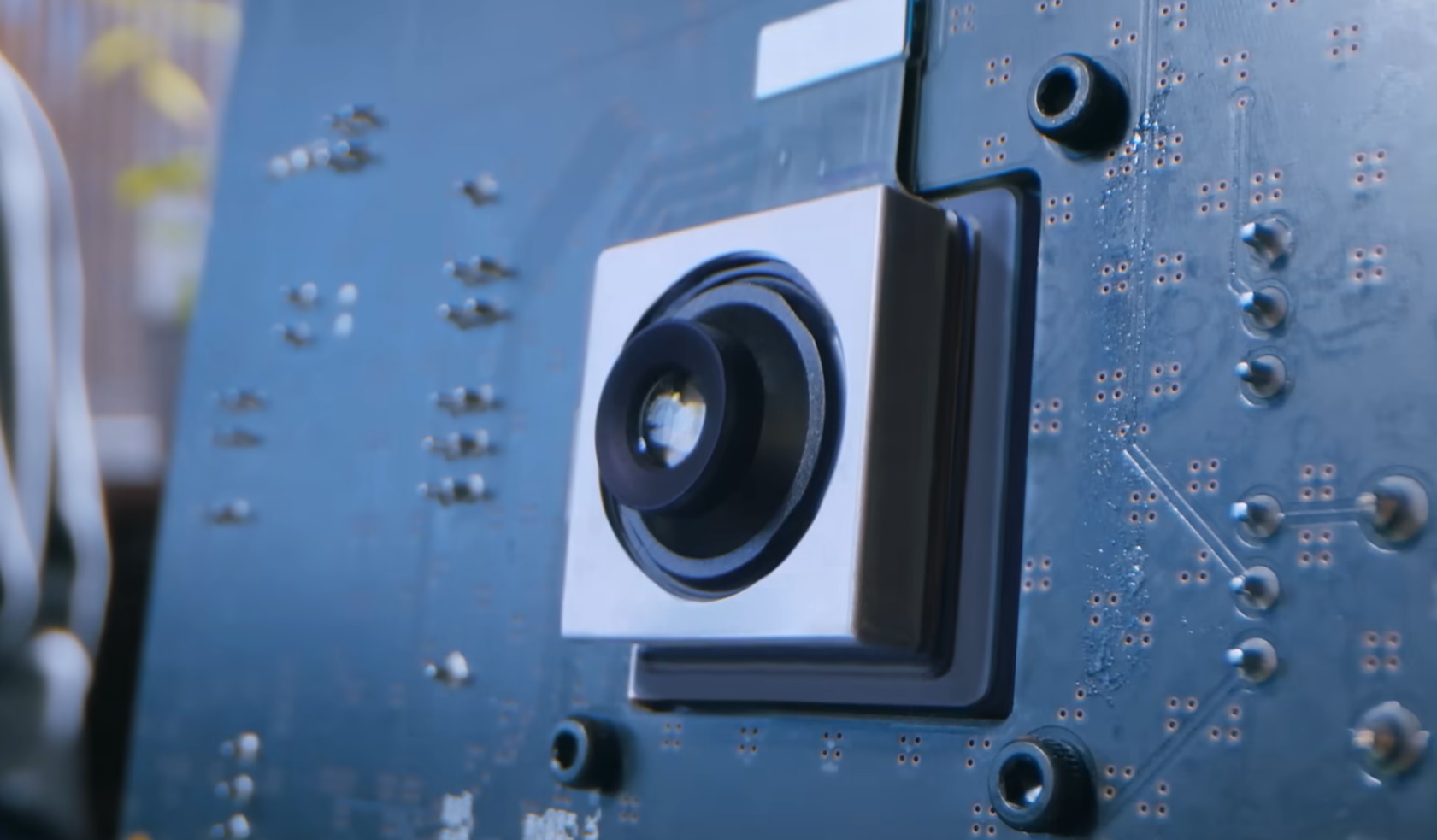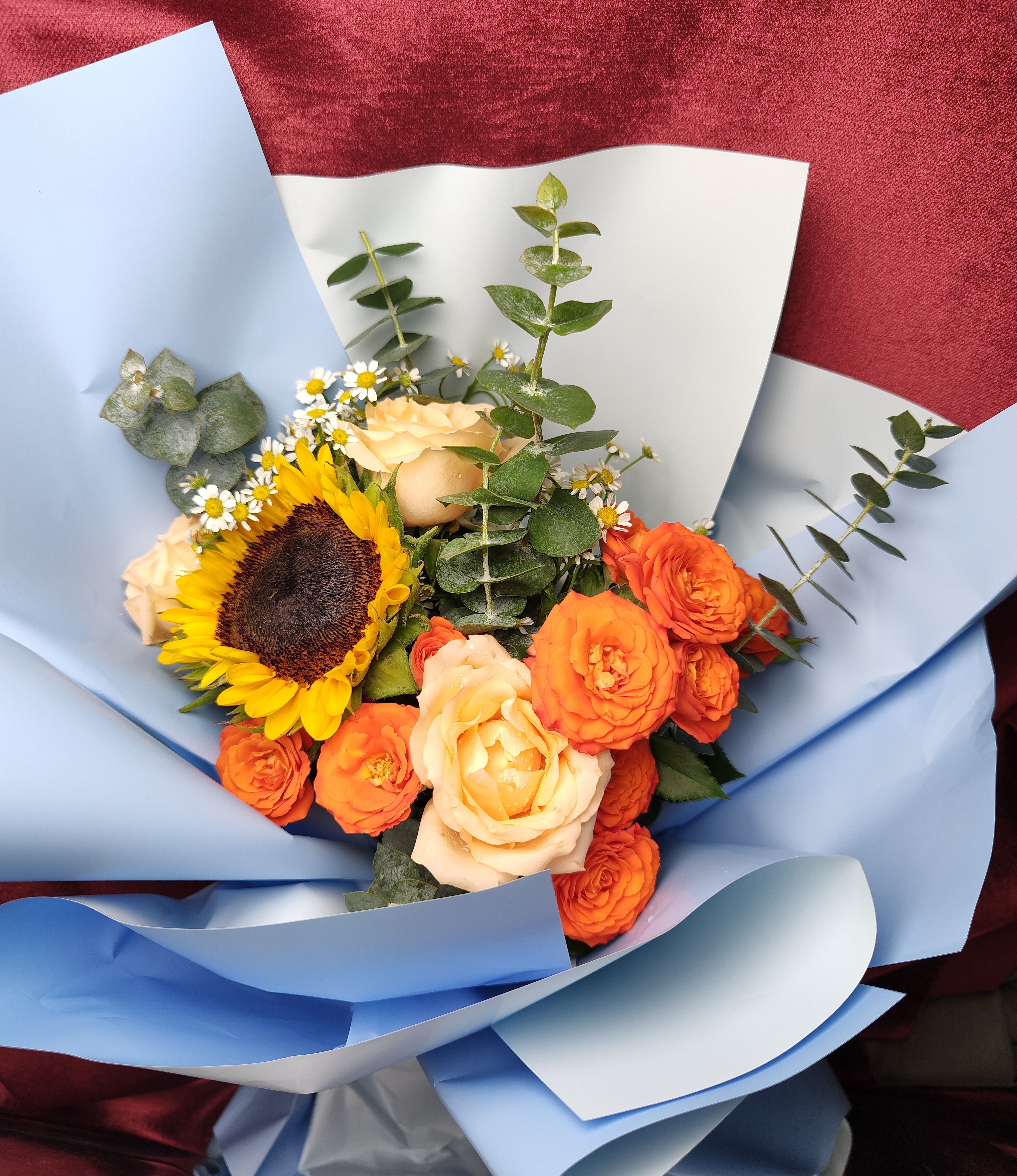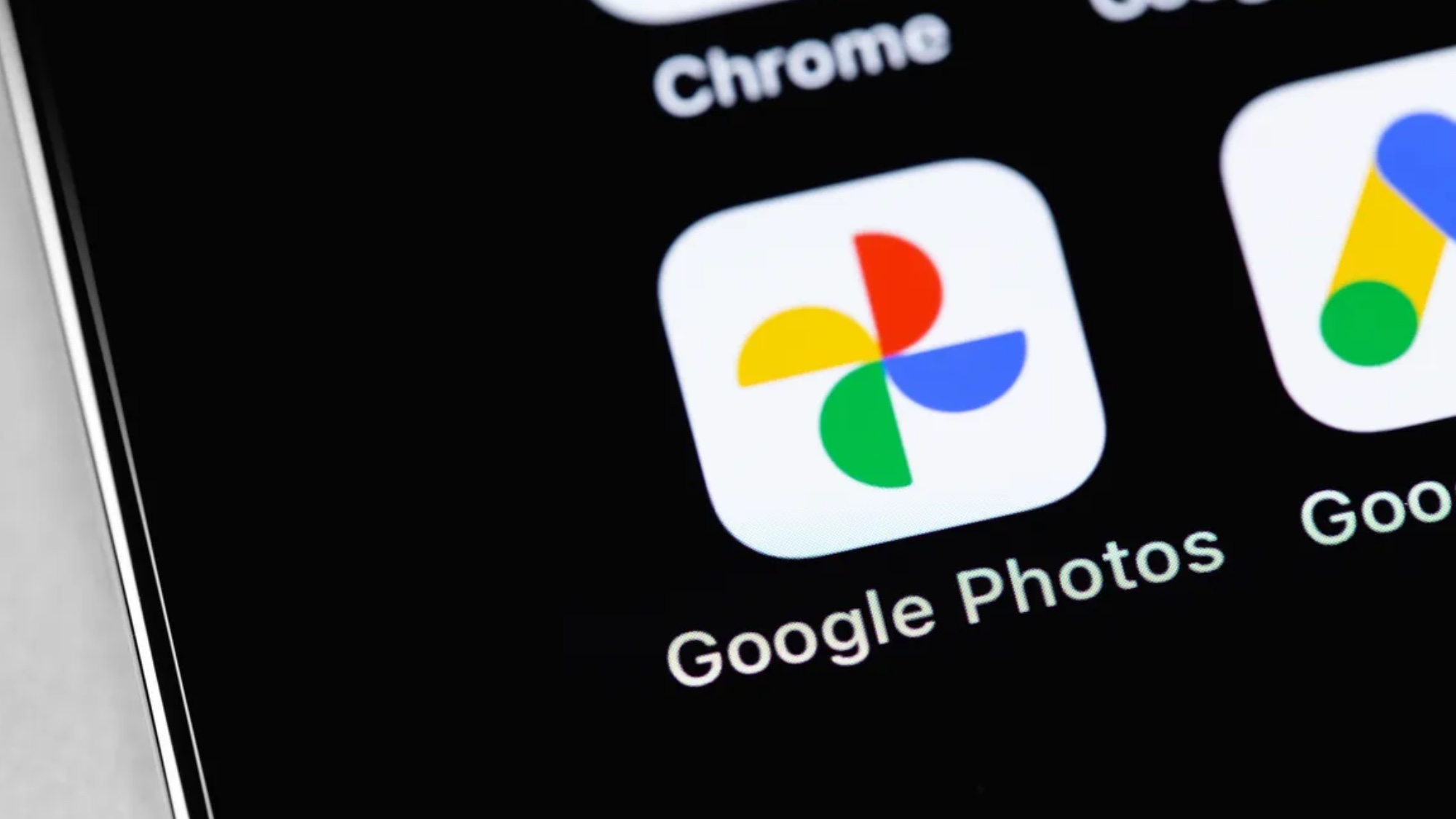You have to see what the world's first 200MP camera phone can shoot
Motorola's Edge 30 Ultra shows what can be done with a whole lotta megapixels

Motorola is making a big case that megapixels do matter when it comes to smartphone cameras by releasing a photograph shot on its Edge 30 Ultra phone with a 200MP Samsung ISOCELL HP1 sensor.
A photo of a bunch of flowers was the subject posted on Chinese social network Weibo by Lenovo’s General Manager Chen Jin, showing us what the world’s first phone with a 200MP camera can do. And the result is pretty impressive.
Using pixel binning (a technique of intelligently merging pixels to take a large image and resolve it into a smaller one while preserving details) to keep the image at a manageable file size — full 200MP photos are likely to gobble up phone storage space — the resultant 50MP photo looks very crisp indeed.
Taking into account photo compression on Weibo, as is the case with uploading photos to most social networks, the image is still awash with detail.

Punching into the yellow flower in the middle, you can clearly see water droplets between the petals, which we feel even the current crop of best camera phones could struggle to pick out. You can even see individual hairs on some of the leaves of the sunflower plant, which has a fabulously detailed and textured dark middle, in contrast to the bright yellow of its petals.
Speaking of contrast, there’s a good deal of it in this photo, at least to our eyes. The subtle differences in the flowers' shades of color are apparent; this helps give the photos a textured look and plenty of depth, something the Google Pixel 6 Pro does well.
The photo isn't quite perfect, with some fringing where the orange petals of a flower slightly mix with the blue paper they are sitting in. And one flower on the left looks more out of focus than those in a similar position on the right; this would indicate the image processing of the Edge 30 Ultra struggling a little to apply a depth of field effect with utmost accuracy.
Sign up to get the BEST of Tom's Guide direct to your inbox.
Get instant access to breaking news, the hottest reviews, great deals and helpful tips.
But those are some minor quibbles, and could be down to the image compression not the photograph the 200MP sensor produced. And the photograph still looks very impressive, more akin to something you’d expect from a DSLR camera than a smartphone.
Ultimately, this is but one shot from a 200MP camera, and we’d need to see others in different conditions before we start hoping more phones come with triple-figure megapixel main cameras. But it's a good indication that megapixels are starting to matter again, especially as we get the impression that computational photography techniques can only do so much with relatively standard 12MP lenses.
And given the Samsung Galaxy S22 Ultra has a 108MP main camera, the Pixel 6 goes for a 50MP main sensor, and the iPhone 14 Pro is tipped to get a 48MP main camera, it looks like we’re marching towards a time when more megapixels in a smartphone camera could indeed be better.
That doesn't mean other factors on a smartphone camera can be readily dismissed; the way a phone’s image signal processor handles colors, contrast, light levels and so on will still remain pertinent. But having more pixels and thus more detail to play with could be the key in taking phone photography to the next level.
Roland Moore-Colyer a Managing Editor at Tom’s Guide with a focus on news, features and opinion articles. He often writes about gaming, phones, laptops and other bits of hardware; he’s also got an interest in cars. When not at his desk Roland can be found wandering around London, often with a look of curiosity on his face.

